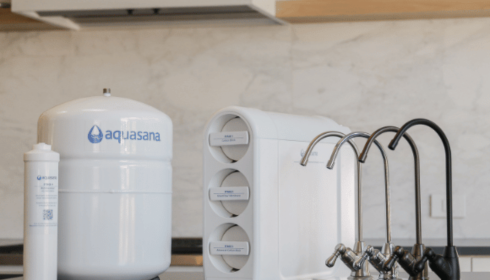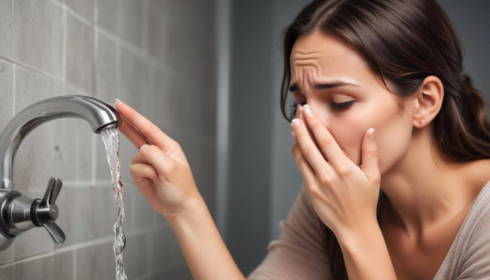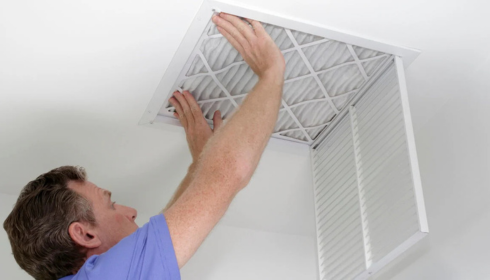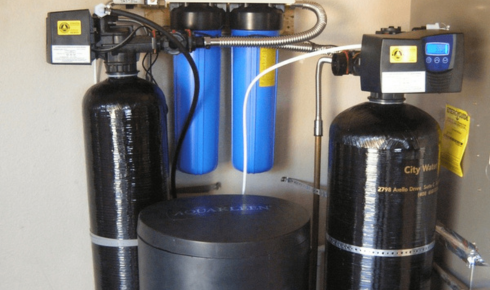It’s funny how we take water for granted, isn’t it? You turn on the tap, fill a glass, and gulp it down without thinking twice. It looks clean, tastes mostly fine—what’s the big deal?
But here’s the thing: the water flowing through your pipes might be hiding stuff you wouldn’t want anywhere near your body, let alone inside it. And no, this isn’t scare-you-into-buying-a-filter talk—it’s just a real conversation about something that touches every corner of your home and life.
Let’s chat water. The kind of conversation you’d have over a cup of coffee with a friend who’s recently found out that their “clean” water wasn’t so squeaky clean after all.
You Can’t Fix What You Can’t See
The wild part? You could be dealing with invisible contaminants right now. Some things, like cloudy water or a strange odor, give themselves away. But other nasties—think lead, pesticides, or microscopic bacteria—slink in undetected.
That’s where water analysis comes in. It’s the adult version of asking “what’s really in this?” before you drink or cook or bathe. Getting your water tested by a certified lab can reveal way more than just hardness levels—it can flag potential health risks, plumbing corrosion issues, and even signs of nearby industrial contamination.
And no, it doesn’t require a lab coat or chemistry degree. Many testing kits are DIY-friendly, and some companies will even test for free just to earn your trust.
The “Hard Water” Myth (That’s Totally Not a Myth)
Here’s a common scenario: you’re using double the soap, your laundry feels stiff, and there’s this annoying chalky buildup on your showerhead. It’s not in your head, and it’s not your products. It’s your water.
Hard water is loaded with minerals like calcium and magnesium. They’re not necessarily harmful to drink, but they wreak havoc on your appliances, plumbing, and skin. Enter water conditioning, a process designed to soften water by removing or neutralizing those mineral troublemakers.
Trust me, once you’ve experienced conditioned water, it’s hard to go back. Towels are fluffier, skin feels smoother, and your water heater stops sounding like it’s boiling gravel.
Not All Filters Are Cut from the Same Cloth
The market is flooded (pun totally intended) with filtration systems—some good, some meh. Those pitcher filters in the fridge door? Handy, sure. But if you’re dealing with serious water quality concerns, it might be time to upgrade.
Systems like reverse osmosis go beyond surface-level filtration. They force water through a semi-permeable membrane that traps even tiny contaminants—fluoride, nitrates, heavy metals, and all the microscopic villains your regular filter misses. It’s basically a detox spa for your tap water.
These setups take up a bit more space and might need a plumber to install, but if you want crystal-clear, truly clean water for drinking and cooking? Worth every penny.
So What’s in Your Water?
Depending on where you live, your water might contain a cocktail of natural minerals, chlorine, sediment, bacteria, even arsenic (yep, that’s a real thing in some areas).
And if you’re on a well? The responsibility falls squarely on your shoulders. Municipal water systems are tested regularly (though even those can have issues—we all remember Flint), but private wells? You’re the gatekeeper.
This is why regular water testing isn’t just some fancy wellness trend. It’s basic health and home maintenance. Especially if you’ve got kids, elderly family members, or compromised immune systems in the house.
The Ripple Effects at Home
Let’s say your water’s a bit off, but not obviously dangerous. Still, small imbalances can snowball.
- High iron levels? Rust stains on your sinks and toilets.
- Too much chlorine? Dry skin and a faint pool-smell in your drinking glass.
- Bacteria? Hello, tummy troubles.
These aren’t worst-case scenarios—they’re just real-life examples from households across the country. And often, people deal with them for years without realizing that a small fix could’ve saved a ton of frustration.
How It Affects Your Wallet, Too
This part doesn’t get talked about enough. Poor water quality is an invisible money pit.
Clogged pipes from mineral buildup. Shortened lifespan of dishwashers and washing machines. Sky-high energy bills because your water heater’s working overtime. Even your soap and detergent usage doubles in hard water conditions.
Investing in testing and treatment might feel like a luxury at first, but it often ends up being a huge cost saver over time. Prevention really is cheaper than repair, especially when it comes to anything that involves plumbing.
It’s Not Just About Drinking
Most people think of clean water in terms of what goes in their mouths. But water touches everything—your food, your clothes, your showers, your pets. It’s running through the veins of your home.
If it’s off, it throws everything a little off. Your hair might feel greasy no matter how much you wash it. Your baby’s bottle might smell funny after rinsing. Even your coffee might taste weird.
Point is, water is an everyday player. Giving it a little attention isn’t overkill. It’s smart living.
You Don’t Need to Overthink It
No one’s saying you need to turn into a water nerd. But you can take a few simple steps to make things better:
- Start with a test. Even a basic one is better than nothing.
- If problems show up, don’t panic—solutions range from simple filters to more robust systems.
- And if you’re renting? Landlords are legally responsible for providing safe water. A little nudge from a tenant with test results can go a long way.
Final Sip
So here we are, full circle. Water. It’s a basic human need, but so often overlooked. And when it’s not right, it impacts way more than just hydration. It affects your health, your home, your wallet, your peace of mind.




